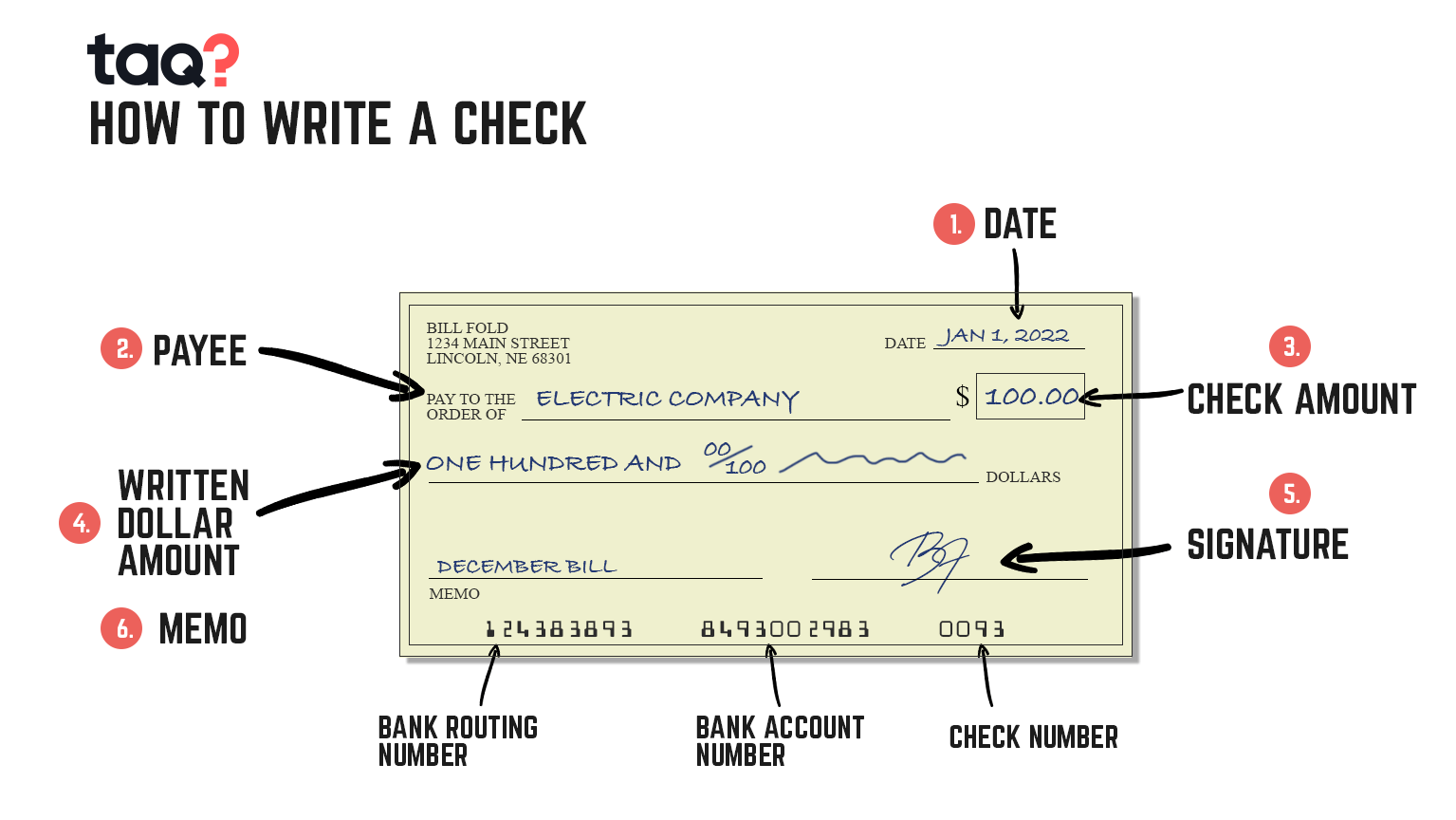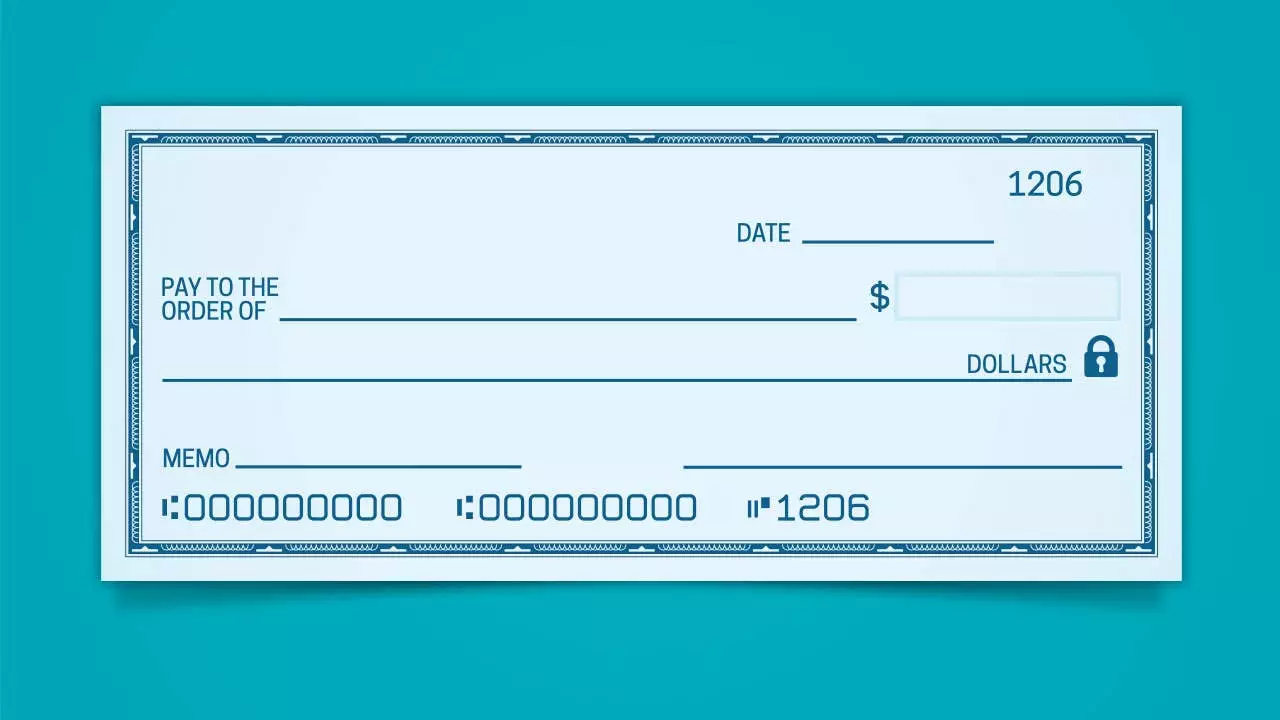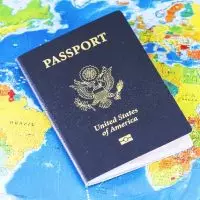Checks are still commonly utilized in today’s digital environment, although they are less common than they once were. Paper checks are a cost-effective and efficient way to transfer funds, but you probably don’t write checks every day or have never done so.
Before you write a check, make sure it’s something you truly need to do. Writing a check is not simple, and it isn’t the quickest way to transfer funds. There may be other options available to you that will make your life easier and save you money.
Steps to writing a check
- 1. In the upper right corner, write the date.
- 2. Next to “Pay to,” write the recipient’s name.
- 3. Next to the “$” symbol, write the amount to be paid in numbers.
- 4. On the long line, write the amount of the payment in words (spell it out).
- 5. Sign your name where it reads “Per” in the bottom right corner.
- 6. Optional: Add a note in the bottom left corner that says “memo” or “re:.”

Try to write as neatly as possible. If at all possible, print instead of cursive. This is for clarity’s sake; reading print is easier than reading script. If you make a mistake, mark the check as “void” and begin writing a new one. Make sure that all of the spellings are correct. Double-check that the receiver and the value amount are correct.
Record the check in your register
Make a note of the payment after you’ve written the check. Whether you use an electronic or paper register, a check register is an excellent way to do this. You won’t be able to spend the money twice if you record the payment since the funds won’t be available in your account until the check is deposited or cashed, which could take a long time. Make a mental note of the payment while it is still fresh in your mind.
Resource: https://www.huntington.com/learn/checking-basics/how-to-write-a-check





